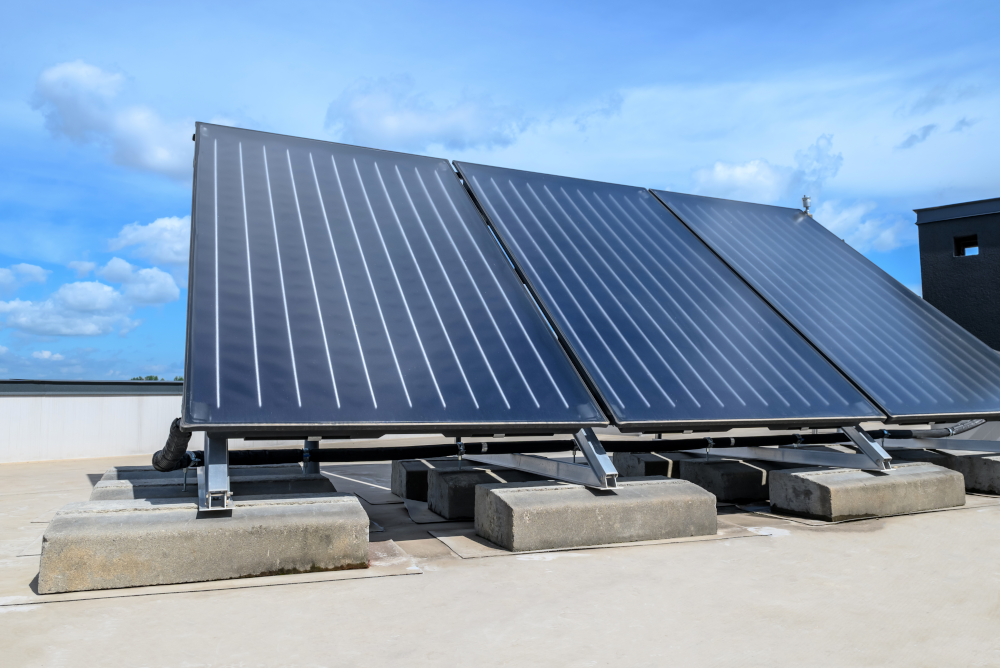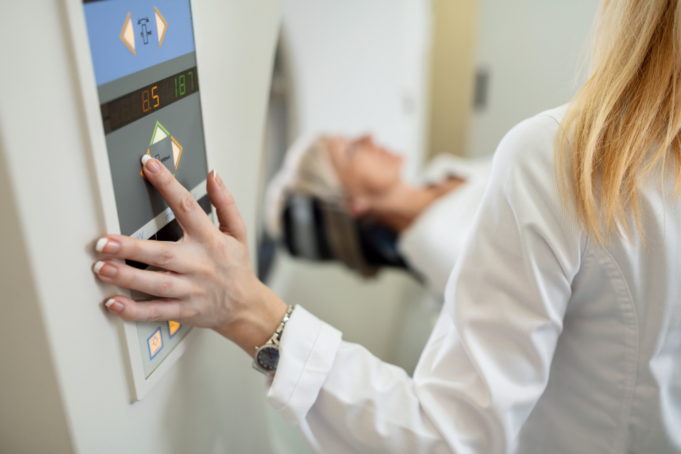In today’s rapidly evolving healthcare landscape, hospitals stand at the forefront of both technological advancement and environmental impact. As some of the most intensive energy consumers within the public sector, hospitals face the daunting challenge of managing their significant carbon footprint while meeting the relentless demand for energy across heating, cooling, and medical systems. Hospital facility management professionals are poised to make strategic moves that not only aim to reduce energy costs and consumption but also signify a commitment to sustainable practices within the healthcare industry.
Hospitals as High-Energy Consumers
Hospitals are among the most intensive energy consumers in the public sector, bearing a significant carbon footprint driven by their incessant energy needs spanning heating, cooling, and medical systems. This relentless energy demand presents multifaceted challenges, not least of which includes a strain on financial resources. The substantial cost associated with maintaining such high levels of energy consumption inevitably diverts funds away from other critical hospital maintenance and operational needs. In response, hospital administrations stand to gain considerably from conducting thorough energy audits. These audits offer a clear picture of current energy usage, paving the way to identify key areas for enhancement in energy efficiency. For instance, as explained by Healthcare Design Magazine, innovative solutions like combined heating/cooling heat pumps can help optimize energy use by adeptly producing hot water with cold water (and vice versa), thus eliminating the necessity for separate systems. By engaging in rigorous energy audits and exploring avenues for optimization, hospital management can achieve substantial cost savings while simultaneously diminishing their overall energy footprint.

Transitioning to LED for Efficiency and Savings
Hospitals have a prime opportunity to embrace energy-saving technologies, beginning with the strategic transition to LED lighting. This shift not only promises a reduction in energy costs—a notable example being The Palace Theatre in Albany, NY, which observed an annual saving of approximately $50,000 after upgrading to LED bulbs—but it also offers a significant decrease in electricity consumption. LED lighting stands out for its efficiency, consuming 80 percent less electricity while delivering comparable brightness to traditional lighting solutions. This transition acts as a stepping stone towards broader energy conservation efforts within healthcare facilities.

Achieving Financial and Environmental Benefits through HVAC Optimization
Hospitals can further their energy-saving initiatives by focusing on HVAC system optimization. A compelling illustration of the benefits derived from such optimization is the case study of the Lewis County General Hospital and Residential Health Care Facility, which achieved annual savings of $7,500 by refining its HVAC operations. This highlights the substantial financial and environmental benefits of ensuring HVAC systems operate at peak efficiency.

Exploring Alternative Energy Solutions
Expanding upon these improvements, hospitals can delve into the realm of alternative energy solutions, such as energy-efficient geothermal or solar heating and air conditioning units. These technologies harness alternative power sources for cooling and heating, markedly diminishing a facility’s carbon footprint while simultaneously curtailing operational costs. The adoption of such systems demonstrates a forward-thinking approach to energy management, merging sustainability with cost-effectiveness.

Reducing Energy Expenditure with High-Performance Equipment
Moreover, the procurement of Energy Star-rated medical and office equipment underscores the healthcare sector’s commitment to energy efficiency. Energy Star-rated products adhere to energy performance standards established by the EPA and the Department of Energy, facilitating significant energy savings without compromising on performance. This range of equipment, spanning from medical imaging devices to office appliances, plays a crucial role in assisting hospitals in reducing their energy expenditures and environmental impact.

Engaging Hospital Staff in Energy Conservation
Hospital staff play a crucial role in achieving energy savings through their daily practices, underscoring the importance of comprehensive engagement and training by management teams. When embarking on emission reduction initiatives, it’s essential that hospital administrations not only inform staff about these efforts but also educate them on the significance of these actions and their direct impact on achieving energy sustainability goals. By integrating training sessions that clearly articulate why these measures are vital and how everyone’s contribution makes a difference, management can foster a deeper understanding and commitment in the facility.

The journey towards energy efficiency within hospitals is a multifaceted endeavor that requires a concerted effort from all stakeholders. By conducting thorough energy audits, embracing energy-saving technologies, and training hospital staff on energy conservation best practices, hospitals can better navigate the complexities of energy management. In doing so, the healthcare sector can enhance its capacity to provide quality care while positively contributing to the global effort towards a more sustainable future.






